Dear Friends and Members,
Many sports leagues (Laliga, EPL, Series A, Bundesliga..) are now back in full swing. Not surprisingly, La Liga Santander’s anticipated return on 11 June saw international viewership increase by over 48% for matchday 28, compared to the average matchday figures prior to the competition’s suspension, according to Nielsen sports. The Premier League also saw record viewing. The competition saw a peak audience of 3.4M during Manchester City vs Arsenal across Sky Sports’ platforms. In total Man City’s dominant victory recorded a 94% increase in Premier League viewership compared to the 2019/20 season average. Moreover, the fixture was the most-watched Premier League game in more than three years.
The Champions League is also set to return on August 7th in Lisbon. Stadiums in France will re-open for fans from July 11 as the country continues to lift coronavirus restrictions. There will be up to 5,000 fans who will be allowed in arenas to watch live sport. In addition, the NBA and its players union have come to an agreement that athletes will be tested for performance-enhancing drugs (PEDs) when the NBA restarts its pandemic interrupted season at Disney World, but not recreational drugs such as cannabis. The National Basketball Players Association (NBAPA) sent a memo to its members detailing its “Life Inside the Bubble” plan. As part of that, NBA players will have the option of wearing two types of wearables. The first is a “proximity alarm” that will notify players if they spend more than five seconds within 6 feet of another person. The second is the Oura Ring, a smart ring that helps track sleep, it does so by also measuring body temperature, respiratory rate, heart rate variability, and resting heart rate. But more importantly it could help detect COVID-19 symptoms. This is unprecedented as the NBA so far has not allowed the use of wearables during live NBA games.

Gym chain 24 Hour Fitness also filed for Chapter 11 bankruptcy last Monday but expects to remain operating – and reopen most of its locations – during the process. The San Ramon, California, chain expects to get $250M in financing to assist in the restructuring of its operations, the company announced Monday.
Facebook committed to donate $200M to Black-owned businesses and organizations, while Netflix CEO Netflix CEO Reed Hastings and his wife, Patty Quillin, are donating $120M toward student scholarships at historically black colleges and universities.
In the world of AR/VR and digital, Bose shut down its AR product and Facebook showcased its latest 3D body reconstruction project. In the wearable and connected fitness world, Fitbit Versa 2 is rumored to be soon adding Google Assistant. In the world of esport, the Formula 1 Virtual Grand Prix series achieved a record-breaking viewership with 30M viewers, and PSG entered League of Legends Pacific Championship Series with Talon Esports.
Next week we will unveil a new major Upside initiative that will better bring our sports tech community of thousands of sports tech execs (Pro teams, leagues, sports startups, VCs/investors, brands, etc.) together, so stay tuned!
On Wednesday we will publish our recent interview with Pete DeNagy, a 5G/WiFi 6/IOT sensors expert, and former GM of Samsung Enterprise, President of IOT America and Acommence Advisors. We touched on his background, his view on the top 5G/WIFI 6 use cases in sports stadiums, the biggest benefits he sees for teams to use 5G/WIFI 6. He also gave his view on how 5G/WIFI 6 can help teams better stay connected to their fans. Lastly we discussed 6G and the killer use cases there. 
If you have any questions about The Upside, need help with business development or fund raising, want to join our community of thousands of sports and tech execs (pro teams, leagues, athletes, investors..), or want to have access to our premium content, please check out Sports Tech Advisors and contact us at info@sportstechadvisors.co
? Top Stories We’re Reading This Week
? Another company is giving up on AR. This time, it’s Bose.
? Facebook Research: 3D Body Reconstruction From Just One Camera
⌚ Oura Rings May Be Part of the NBA’s Restart Plan, But That Doesn’t Mean It Will Save You From Covid-19
⌚ Wearables have biggest year since 2015 – but there’s a big change on the horizon
⌚Fitbit Versa 2 could get Google Assistant on the wrist
? Formula 1 Virtual Grand Prix series achieves record-breaking viewership with 30M viewers
? PSG Enters League of Legends Pacific Championship Series With Talon Esports
? Latest Investment Trends
? Tech Stats of the Week
? Snapshots of the Week
Let’s jump right into the insights and upside for all of these top stories
? AR/VR/Video/Digital Sports News
? Another company is giving up on AR. This time, it’s Bose. | Via: Protocol.com
Bose has become the latest company to throw in the towel on immersive computing, shutting down its ambitious Bose AR program. Key Bose AR employees have left the company, and partners have been informed that their apps will stop working in the coming weeks.
“Bose AR didn’t become what we envisioned,” a Bose spokesperson told Protocol. “It’s not the first time our technology couldn’t be commercialized the way we planned, but components of it will be used to help Bose owners in a different way. We’re good with that. Because our research is for them, not us.”
Bose’s change of heart comes as augmented reality startups have struggled across the board. Augmented reality startup Meta AR gave up on plans to replace desktop computing with dedicated AR headsets in late 2018. Last year, both ODG and Daqri shut down. And in April, Magic Leap announced that it was exiting the consumer AR business, laying off 1,000 employees in the process. Bose had been pursuing a unique approach to augmented reality: Instead of superimposing images over a view of the real world, Bose AR was based on audio alone and provided walking directions, audio-based fitness instructions and games via compatible headphones. The company even built its line of sunglasses with integrated headphones and AR sensors. It now wants to utilize these sensors to simplify the usage of those headphones and glasses.
Bose’s retreat from AR has been unfolding quietly over several months. Bose SVP John Gordon, who had championed AR in his role as the head of the company’s consumer electronics division, left last summer. Most of the team members working on AR departed or were let go this spring, according to an insider who declined to be named for this story. In April, Bose closed its public AR SDK, making it impossible for new developers to build apps for the program. Around that time, Bose also started to remove mentions of AR from its website, including from product descriptions for its glasses and AR-compatible headphones. In the last couple of days, developers were informed that apps based on Bose AR would stop working.
“We learned a lot — mostly, that our work in AR delivered compelling customer experiences based on specific interests and specific use cases, not for broad, daily use,” Bose’s spokesperson said. “So, we decided to stop working on third-party developer apps and won’t be supporting them beyond mid-July.”
⬆️ The Upside: We believe that this is not surprising at all to see Bose shutting down its AR project. It was only a matter of time. We would even argue that what they claimed to be AR glasses were not true AR glasses as these glasses did not use any optics but rather used audio to augment the experience. Basically it was “augmented” audio and the price of the glasses was simply too high. It was a hard sales so they probably did not sell a lot of units and therefore decided to shut down the project.
? Facebook Research: 3D Body Reconstruction From Just One Camera | Via: Upload
Facebook is the company behind the Oculus brand of virtual reality products. The company is considered a world leader in machine learning. Machine learning (ML) is at the core of the Oculus Quest and Rift S– both headsets have “inside-out” positional tracking, achieving sub-mm precision with no external base stations. On Quest, machine learning is even used to track the user’s hands without the need for controllers. In a paper, called PIFuHD, three Facebook staff and a University of Southern California researcher propose a machine learning system for generating a high detail 3D representation of a person and their clothing from a single 1K image. No depth sensor or motion capture rig is required.
This paper is not the first work on generating 3D representations of a person from an image. Algorithms of this kind emerged in 2018 thanks to recent advances in computer vision. In fact, the system Facebook is showing off is named PIFuHD after PIFu from last year, a project by researchers from various universities in California. On today’s hardware, systems like PIFu can only handle relatively low resolution input images. This limits the accuracy and detail of the output model. PIFuHD takes a new approach, downsampling the input image and feeding it to PIFu for the low detail “course” basis layer, then a new separate network uses the full resolution to add fine surface details. Facebook claims the result is state of the art. Looking at the provided comparisons to similar systems, that seems to be true.
Facebook first showed off its interest in digitally recreating humans back in March 2019, showing off ‘Codec Avatars’. This project focused specifically on the head and face- and notably the avatar generation required an expensive scan of the user’s head with 132 cameras.
⬆️ The Upside: We think that this 3D project is the continuation of the Codec Avatars project that Facebook showcases in 2019. it is very promising and is good news for the VR industry as a whole. The only challenge there is going to create a VR solution that is scalable, repeatable and affordable over time. but Facebook has enough resources to make it work.
Picture: Facebook
? Wearables, Health, Nutrition News
⌚ Oura Rings May Be Part of the NBA’s Restart Plan, But That Doesn’t Mean It Will Save You From Covid-19 | Via: Gizmodo
Sports came to a screeching halt with the onset of covid-19, but as the NBA looks to resume the 2019-2020 season at Disney World on July 30, it looks like the Oura Ring may be a part of plans to keep players safe.
On Tuesday, the National Basketball Players Association sent a memo—which was originally obtained by The Athletic—to its members detailing its “Life Inside the Bubble” plan. For the most part, it outlines virtual workouts, social distancing protocols, rigorous testing regimens, and travel guidelines. That said, it also notes that players will have the option of wearing two types of wearables. The first is a “proximity alarm” that will notify players if they spend more than five seconds within 6 feet of another person. The second is the Oura Ring.
The Oura Ring is significant as it’s one of several wearables currently being studied by researchers as a potential tool for early detecting covid-19. The smart ring is designed to help track sleep, it does so by also measuring body temperature, respiratory rate, heart rate variability, and resting heart rate. Back in April, the company behind the ring announced it was teaming up with the West Virginia University Rockefeller Neuroscience Institute (RNI) for a national study, as well as the University of California San Francisco. It’s also been included in Stanford University’s study on early detection. A Gizmodo investigation into whether wearables can actually detect covid-19 before symptoms appear was promising, but ultimately inconclusive. However, earlier this month, RNI announced that preliminary results from observing 600 healthcare professionals and first responders indicated it could detect illness up to three days before symptoms, with a 90% accuracy rate. Again, promising and intriguing results, but it’s unclear how specifically the Oura Ring can differentiate between illnesses like covid-19 and similar respiratory viruses like the flu. Still, there are also major differences between NBA players and the average consumer. The biggest thing here is that players who choose to use the Oura Ring—the memo says it is optional, and not required—will have access to regular covid-19 testing. In that instance, giving these rings to NBA players may provide more data for researchers to work with.
As for who exactly gets to see a player’s health data collected from the ring? A tweet from ESPN writer Zach Lowe notes that the only thing team staff will have access to is an “illness probability score.” That tracks somewhat with the digital platform RNI said it created, which involves a combination of an app, the Oura Ring, and artificial intelligence algorithms. RNI’s press release makes no mention of a probability score, but it’s a metric that aligns with what researchers have told Gizmodo would be likely for predictive covid-19 software based on wearable data.
⬆️ The Upside: We believe that allowing the Oura ring during live NBA games would be an important event for the NBA. Historically the NBA has not allowed the use of wearables during live NBA games. It could open the door to other wearables to be used in the NBA. Granted this memo came from the NBPA, not the NBA itself so this has to be taken with a grain of salt. Lastly the NBA has put together an NBA committee who has been looking at various wearables to be potentially be used in the NBA. Ultimately this would also be great news for the NBA players themselves as the health of players should be the #1 priority when the NBA season resumes.
⌚ Wearables have biggest year since 2015 – but there’s a big change on the horizon | Via: Wareable
Wearable tech has had its biggest year since the dizzy heights of 2015, but the wearables and smartwatch market could be set to have a record breaking explosion. The latest research by IDTechEx predicts that the fast-tracking of pandemic-fighting tech by regulatory bodies such as the FDA could see an explosion of powerful, health focused devices. The report shows that in 2019, wearables grew 19% year on year in 2017 and totalled $70bn in sales. It puts this down to the rise of wireless headphones and hearables, such as the Apple AirPods and the array of spin-off devices hitting the market. These generated $4bn extra from 2018.
“The other strongest growth came from device categories such as smartwatches and continuous glucose monitoring (CGM) devices, which grew by just under $4bn and $1.3bn respectively relative to 2018 values.
“This represents the largest one-year growth rate since peak wearables hype in 2015 (a year which saw the commercial launches of leading devices such as the Apple Watch), which emphasises the growing strength in the sector and the continuing opportunity for new development and growth,” read the report. But the IDTechEx report believes that while the pandemic will naturally affect 2020’s growth, it could be a big opportunity to advance wearable tech.
“Many products involved in pandemic countermeasures have been fast-tracked to FDA approvals. Regulatory barriers are critical challenges for many players, from new start-ups to global leaders, and changes to them can shift the dynamic immediately,” said the report. And a big part of this is what IDTechEx calls the growth of the “potentially” medical device. Medical devices have been slow to be certified by the FDA, which means when the likes of Samsung and Fitbit launch ECG and sleep apnea features they come with disclaimers to use the results as a conversation with your doctor, but not to rely on the results themselves.
“Potentially medical” products are categories where sensing capabilities more traditionally associated with medical devices have been introduced in consumer products, which could potentially see some reclassification within the boundaries of medical products further into the future.
“This is not likely to happen quickly, but this is a significant trend which should not be ignored.”
⬆️ The Upside: This should not as a surprise to see the wearables space to have a record year. Moving forward we believe that key drivers will have a positive impact on future growth of the wearable market. Those includes: (1) COVID-19 pandemic. Many wearables startups have pivoted to address the COVID-19 and help detect early signs of COVID-19. Some expert already predict 30M wearables shipped to be medical grade in 2020. (2) Aging population: The U.S. population is aging. Today, there are more than 46M older adults age 65 and older living in the U.S.; by 2050, that number is expected to grow to almost 90M. Wearables will be key there as it will help better monitor the health of elderlies and detect early signs of chronic diseases. (3) Next gen wearables with contactless biosensors. We expect to see the emergence of a new wave of contactless wearables with biosensors capable of measuring HR, HRV, sleep quality and even blood pressure without any contacts to the skin. You can check out our analysis on the contactless biosensors market here.
⌚Fitbit Versa 2 could get Google Assistant on the wrist | Via: Wareable
Fitbit devices could soon be running Google Assistant, even before the buyout between the two companies is ratified. Code spotted by the ever-eagle-eyed 9to5Google shows that Fitbit is prepping to onboard Google Assistant as a wrist-based assistant. The Fitbit Versa 2 currently utilises Amazon Alexa and has a microphone built in for talking to the assistant. However, you need to push-to-wake and there’s no speaker – so feedback from Alexa uses text only. Code found in the Fitbit APK submitted to the Google Play Store suggests that Google Assistant will be an option going forward.
9to5Google reports that Google was reticent to add its support to Fitbit devices, as the necessary APIs didn’t exist for this kind of minimal feedback – but it appears that it’s changed its mind. Commands are limited when it comes to Alexa, thanks to the lack of audio feedback – but you can ask Alexa for your stats and well as performing basic smart home commands. We’d expect the Assistant experience to be much the same. The Google/Fitbit buyout is still rumbling on six months after it was announced that Google was to acquire the fitness company.
Concerns about the search giant having access to so many health data points has caused concern, and the Justice Department is scrutinising the deal before allowing it to go ahead. A collaboration between the two would be a good way to mark the new era – should the deal go forward. Although with no audio feedback and limited appeal of voice commands on Fitbit, it’s likely to be little more than symbolic moment than a significant feature.
⬆️ The Upside: We believe this should come as a surprise to see Fitbit to soon be integrated into the Fitbit Versa 2. This was part of Google’s strategy when it acquired Fitbit. This is also a an attempt to better compete against Apple the smart watch market. Google Assistant is currently the most dominant digital assistant used in the world with 500M users globally. This is well ahead of Alexa which is used on 100M+ devices. Google Assistant will make the Fitbit more appealing over time as it will enable new BOT use cases.
Picture: Fitbit, Google
? Esports & Crypto-Currency News
? Formula 1 Virtual Grand Prix series achieves record-breaking viewership with 30M viewers | Via: Formula1.com
Formula 1 have revealed that the F1 Esports – Virtual Grand Prix series, which drew to a close last weekend, achieved a record-breaking 30 million views across TV and digital platforms during the lockdown period, as fans tuned in for live sporting action, including eight Virtual Grands Prix, Pro Exhibition races and #Challenge events.
The series was created to enable fans to continue watching Formula 1 races virtually, despite the ongoing COVID-19 situation, and to watch their favourite drivers battle it out when racing was not possible. Throughout the series over half the F1 grid took to the track, with 11 drivers competing in at least one race in the series.
The F1 drivers were also joined by a host of famous faces, including a Ryder Cup winner, professional footballers, and music chart toppers.
⬆️ The Upside: We think this is another indicator that esport has been a big winner during the COVID-19 pandemic. 30M F1 fans watching the F1 virtual series is a record milestone. By comparison, NASCAR’s Texas Virtual Race attracted 1.3M viewers. Esport has become a great way for sports leagues to offset the loss in ticket sales and attract new sponsorship opportunities during the COVID-19 quarantine period.
Picture: F1
? PSG Enters League of Legends Pacific Championship Series With Talon Esports | Via: Esportsobserver
The esports arm of Paris Saint-Germain F.C. will compete in the League of Legends Pacific Championship Series via a partnership with Talon Esports. The multi-year team partnership will create a co-branded team similar to PSG.LGD, which competes as part of the Chinese Dota 2 scene. Both organizations will pursue commercial partnerships and regionally tailored content creation. Financial terms were not disclosed. The newly formed PSG Talon will continue to compete as one of the ten inaugural teams in the PCS, which launched this year as a combined competition across Taiwan, Hong Kong, Macao, Thailand, Singapore, Malaysia, and the Philippines.
Talon was the winner of the PCS Spring split, despite only entering League of Legends at the end of last year. The organization also competes in Arena of Valor, Clash Royale, Overwatch, Rainbow Six Siege, TEKKEN, and Street Fighter. This also marks PSG’s return to League of Legends, having disbanded its European roster in 2017. The French soccer club withdrew from the game after being unable to qualify for the top European league, also citing issues with the revenue sharing model presented by Riot Games at the time.
⬆️ The Upside: We think this is a great move by PSG to enter the League of Legends championship. We expect other sports teams to follow suit. This is part of PSG’s overall strategy to tap into the growing popularity of the esports market which is expected to reach $1.1B in revenue this year. You can check out our latest analysis: Esport: Hype Vs Reality.
Picture: F1
? Sports Tech & Health Investment (Fund raising, M&As) Trends — June 2020
- Epic Games close to raising a $750M financing round at a $17B valuation. Read on here.
- NE Championship raises $70M, reduces workforce by 20%. Read on here.
- Playbook, a creator platform focused on fitness, raises $3M in seed. Read on here.
- Israeli venture capital platform OurCrowd launches $100M Pandemic Fund to invest in companies on the front lines of COVID-19. Read on here.
? Key Tech Sports Stats of The Week
$519B: A new study that claims the App Store ecosystem facilitated half a trillion ($519 billion) in billings and sales globally in 2019.
$17B: Startup Epic Games Inc., which developed battle game Fortnite and acquired networking app Houseparty, is close to raising a $750 million round of funding at a valuation of about $17 billion, according to people familiar with the matter.
$500M: TikTok’s U.S. revenues are expected to hit $500M this year.
$200M: Facebook chief operating officer Sheryl Sandberg on Thursday announced a series of new steps the social media giant is taking to address racial inequality, including a $200 million commitment to Black-owned businesses and organizations.
$150M: UFC is reportedly looking to take on more debt, as Moody’s Investors Service and S&P Global Ratings suggest the organization could add $150 million to its current $2.3 billion loan
$120M: Netflix CEO Reed Hastings and his wife, Patty Quillin, are donating $120 million toward student scholarships at historically black colleges and universities.
$2M: The XFL made four payments totaling $2.05 million to Vince McMahon’s main venture WWE in the month between play stoppage and the league filing bankruptcy in April, adding to suspicion there was more at play into the league’s failure than the pandemic.
140: You can now tweet and posts 140 second audio tweets (with your own voice), announced Twitter last week.
48%: La Liga Santander’s anticipated return on 11 June saw international viewership increase by over 48% for matchday 28, compared to the average matchday figures prior to the competition’s suspension, according to Nielsen sports.
30%: CEO Sundar Pichai says he aims to raise the proportion of ‘leadership representation of underrepresented groups’ overall by 30% and dramatically boost the number of black executives at Google by 2025.
8: Bayern Munich won the Bundesliga title last week. It has now won 8 consecutive titles since 2012/2013 season which is the longest European title strike. The German club is now tied with Juventus.
? The Upside: Snapshots & video of The Week.
Taking a knee at kickoff: Manchester United and Tottenham Hotspur took a knee at kickoff this weekend.
Powerful message: Powerful message from Rhian Joel Brewster who is an English professional footballer who plays as a striker for Championship club Swansea City.
More than winning championships. Bucks NBA star Kyle Korver said he’ll follow the lead of his Black teammates.

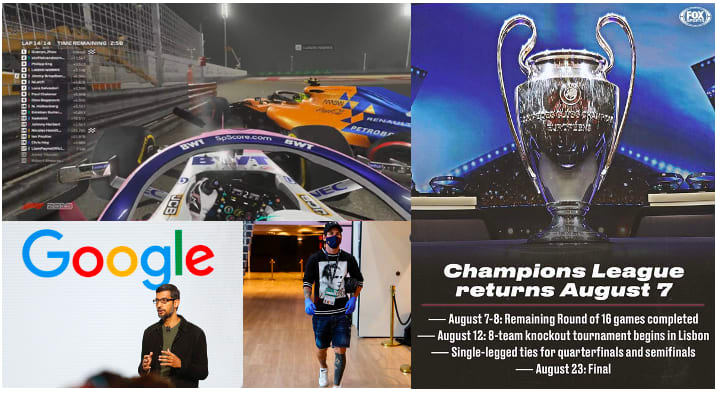
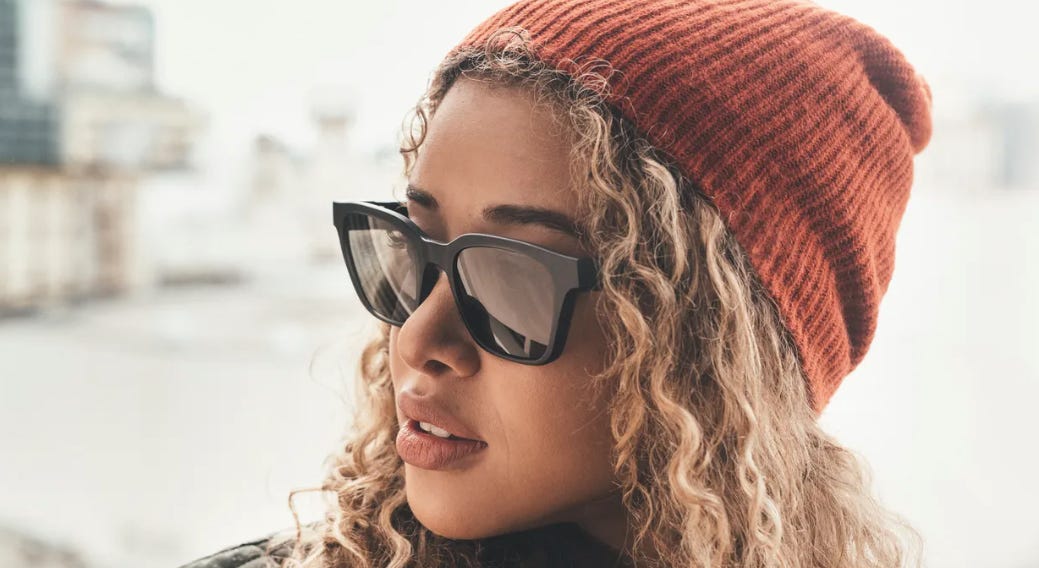
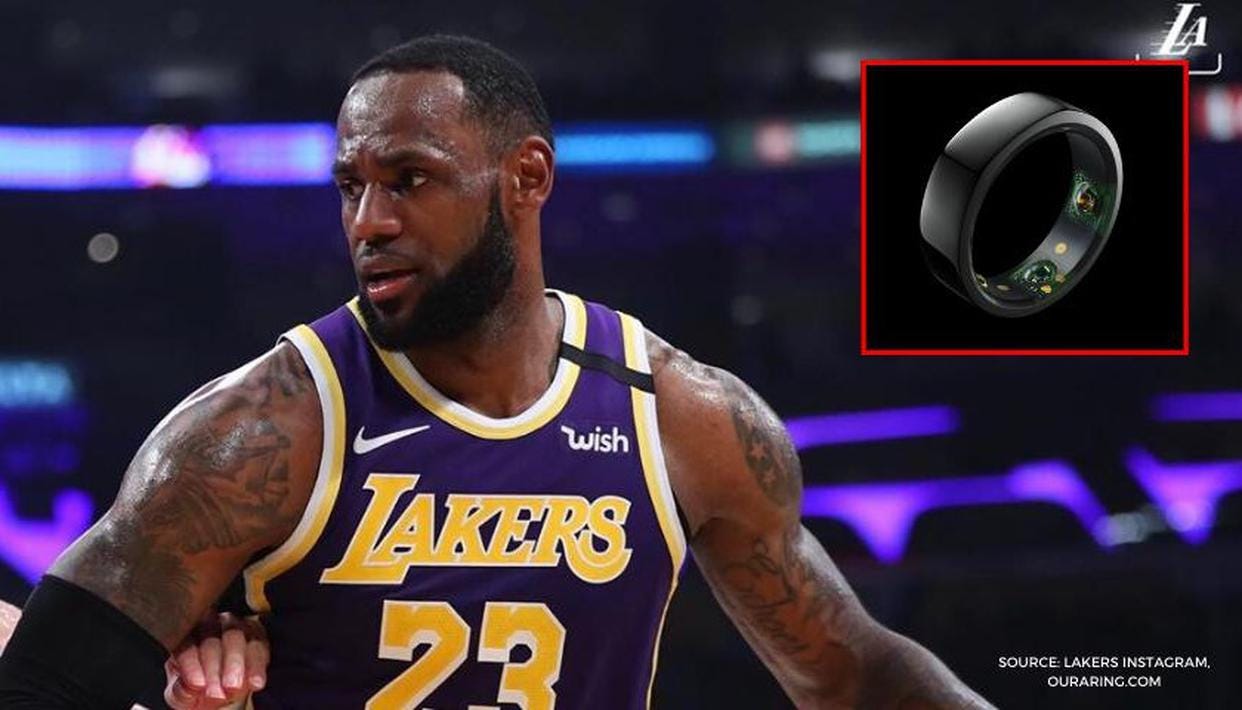
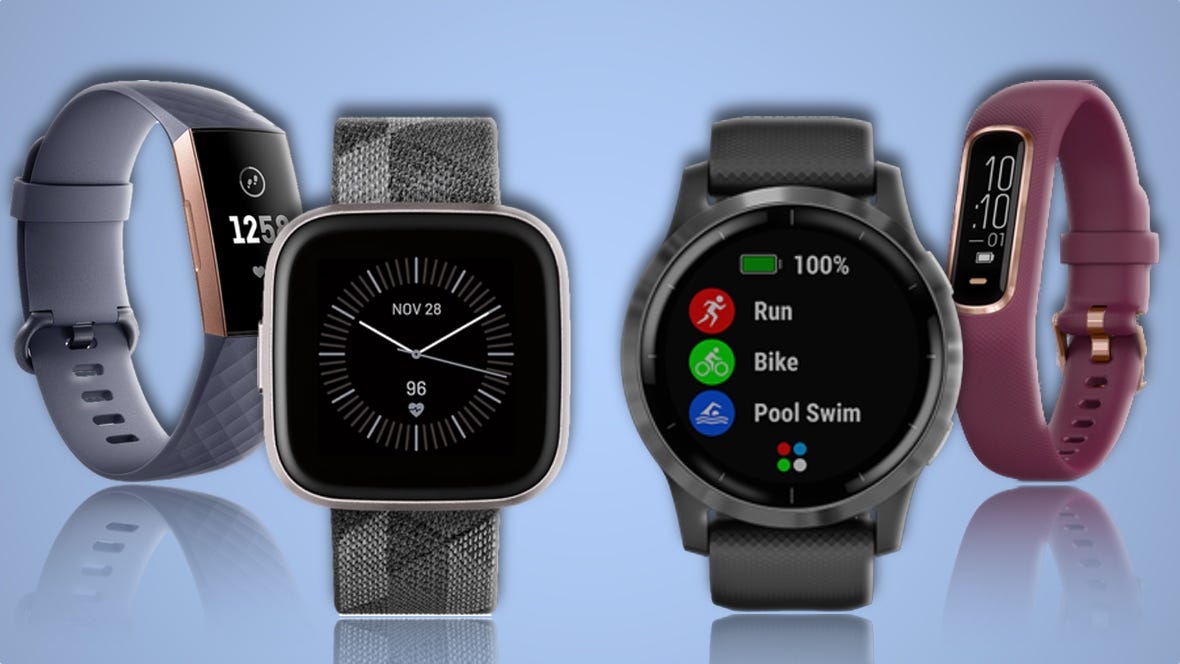
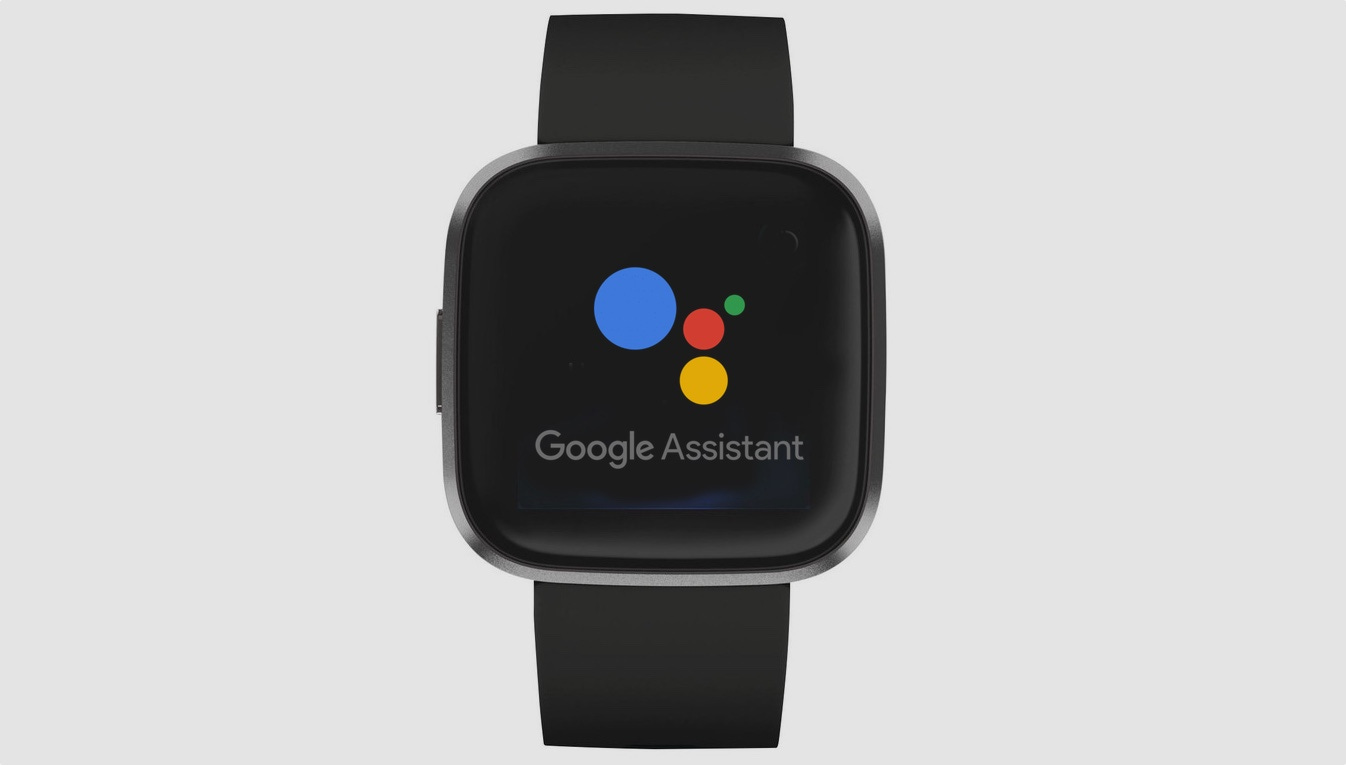
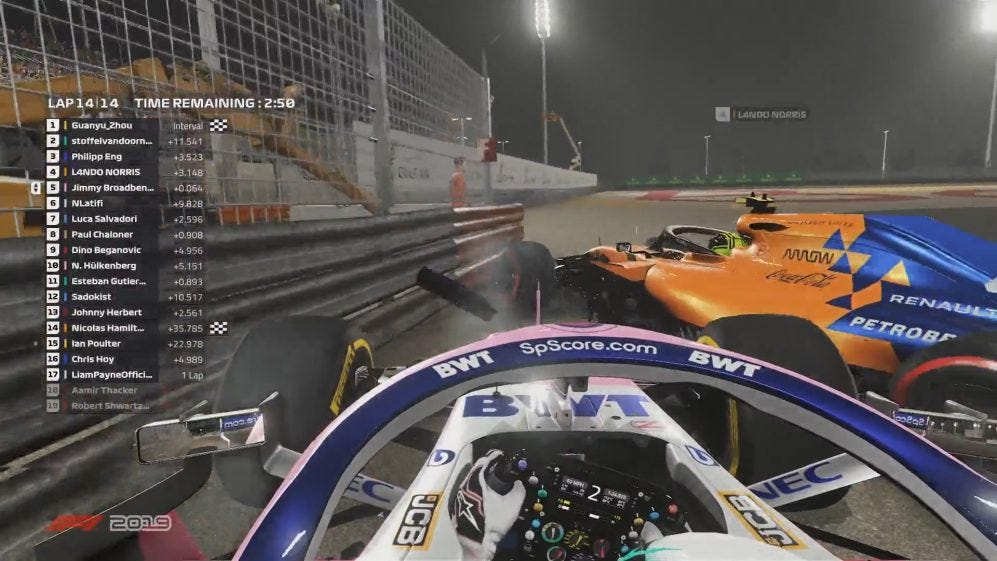
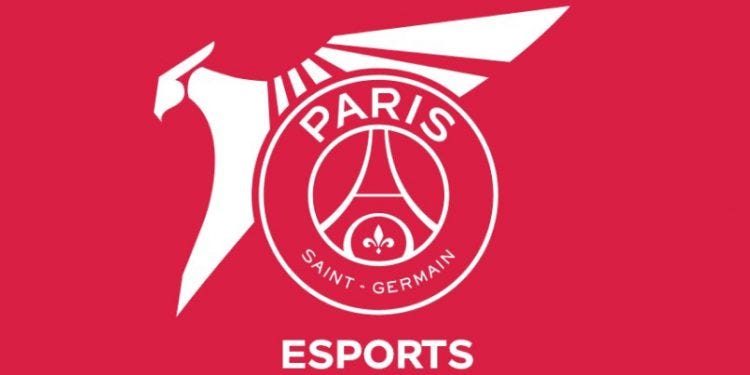
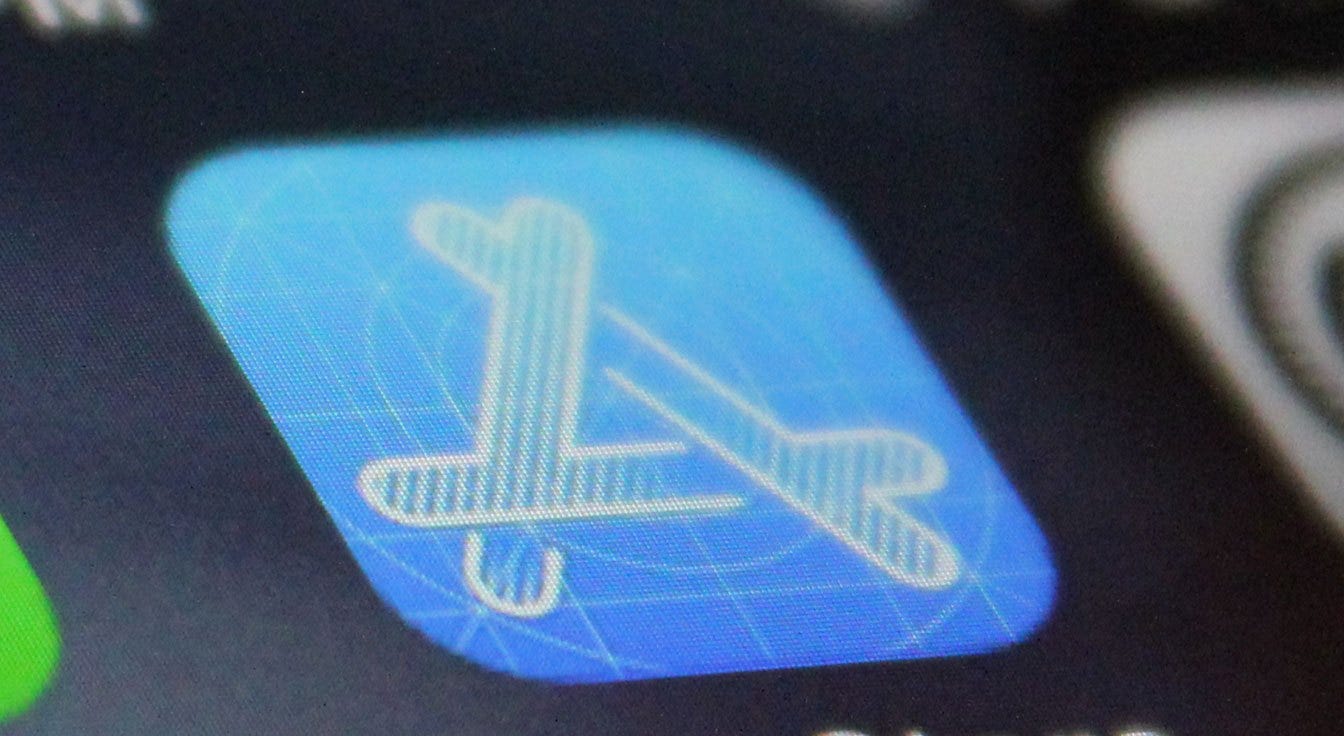

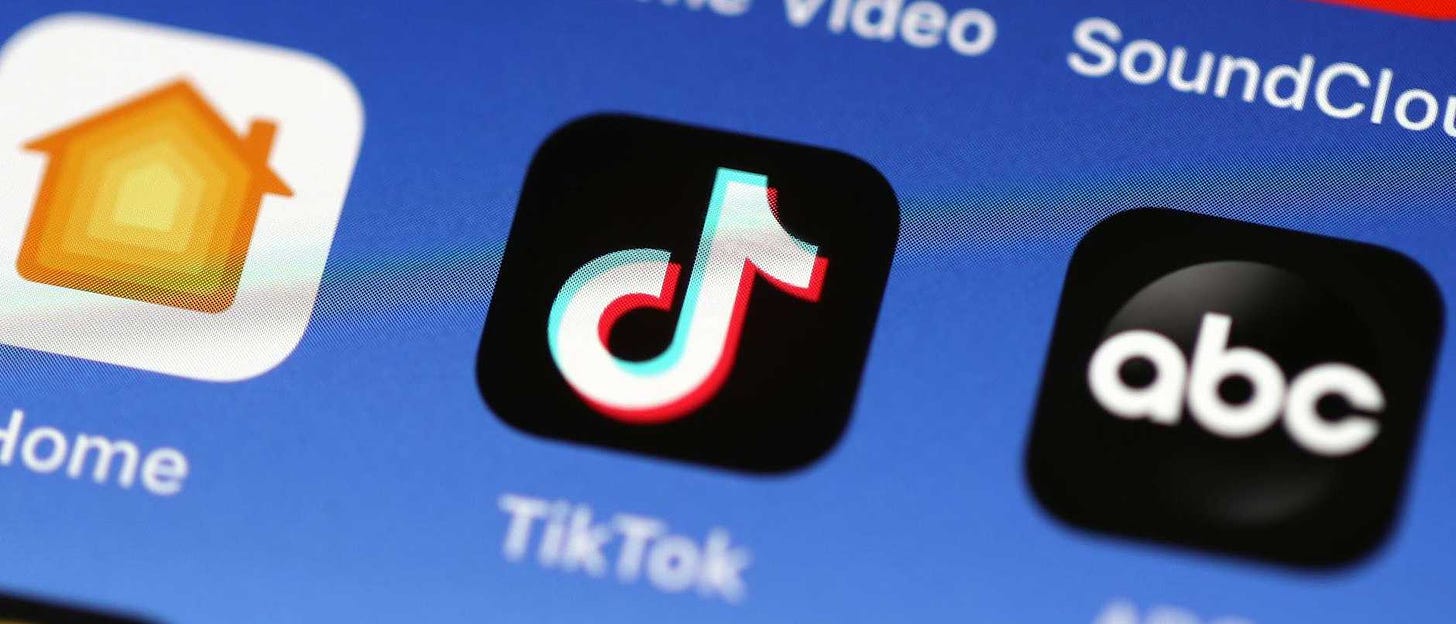
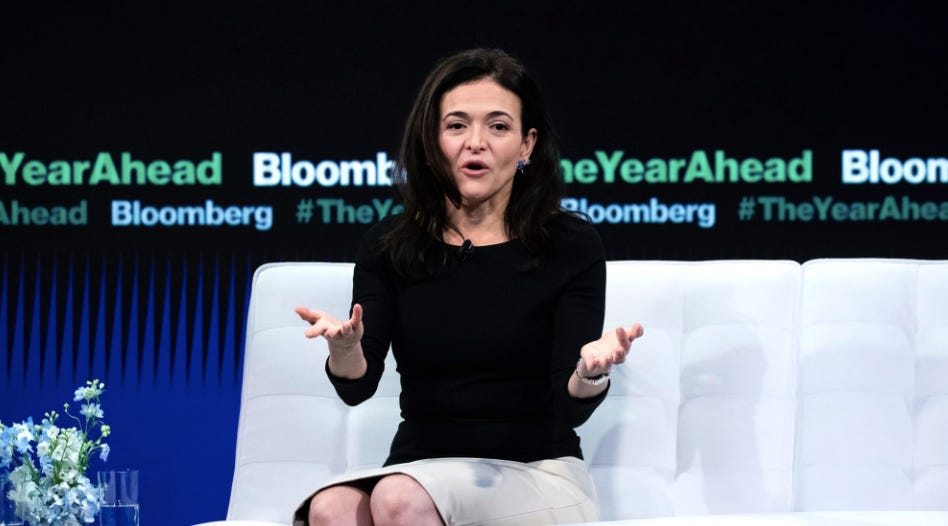
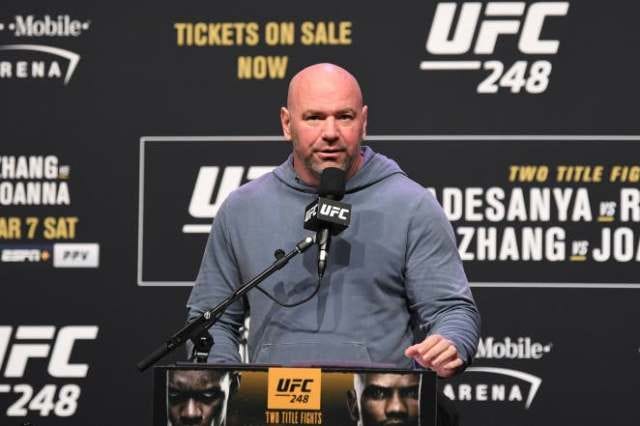
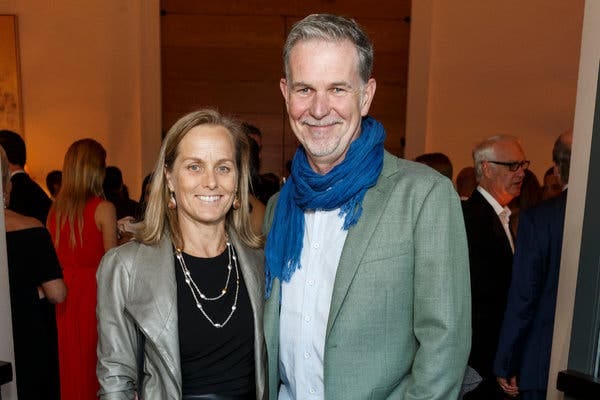
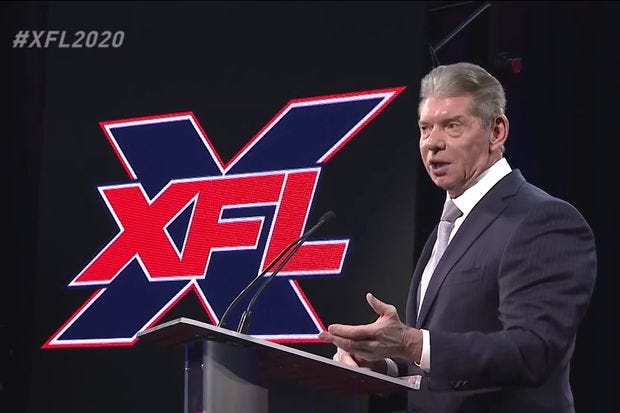
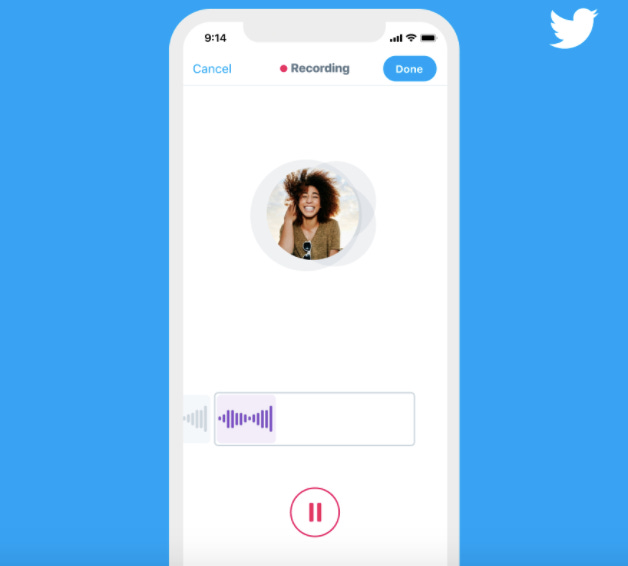

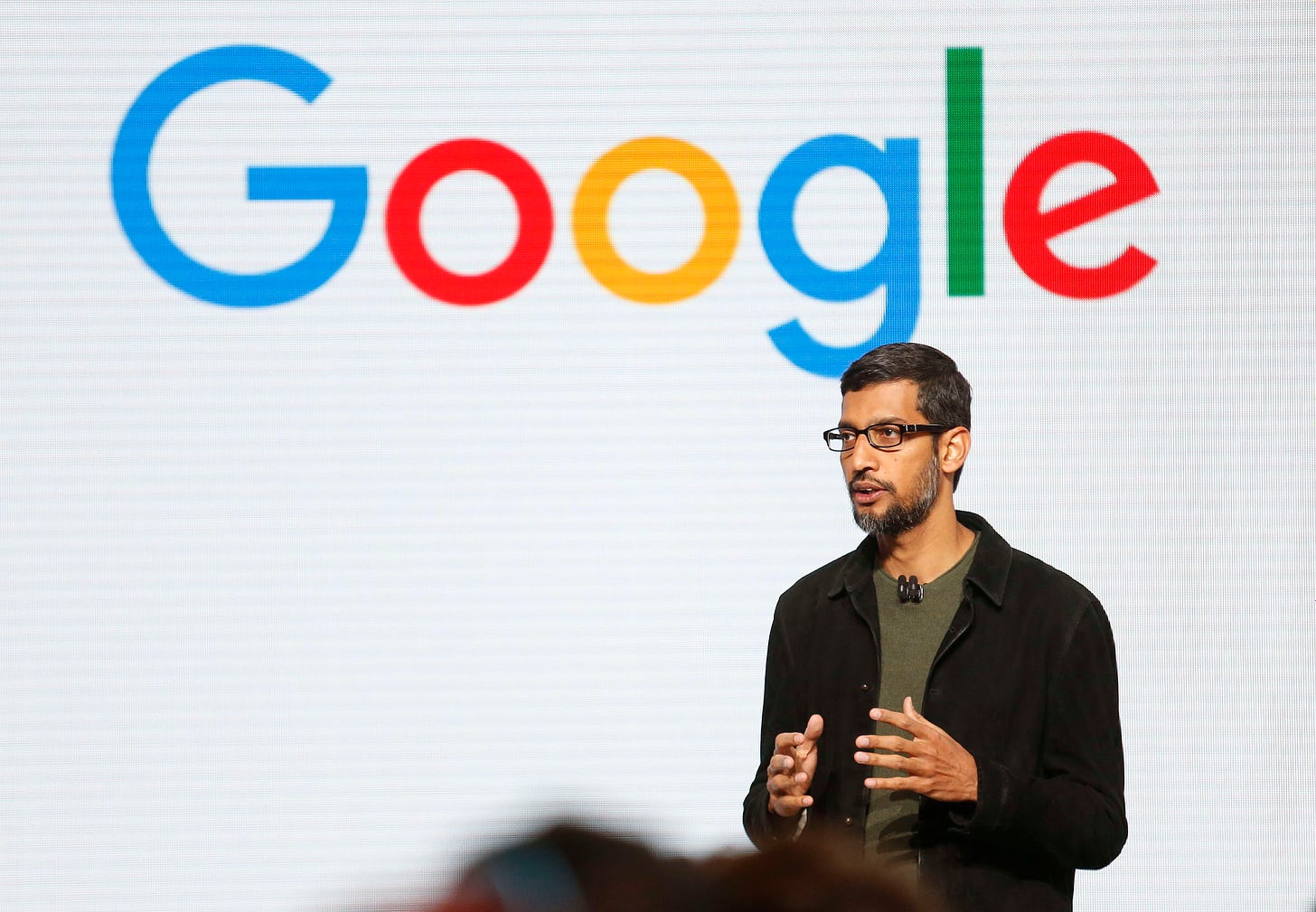
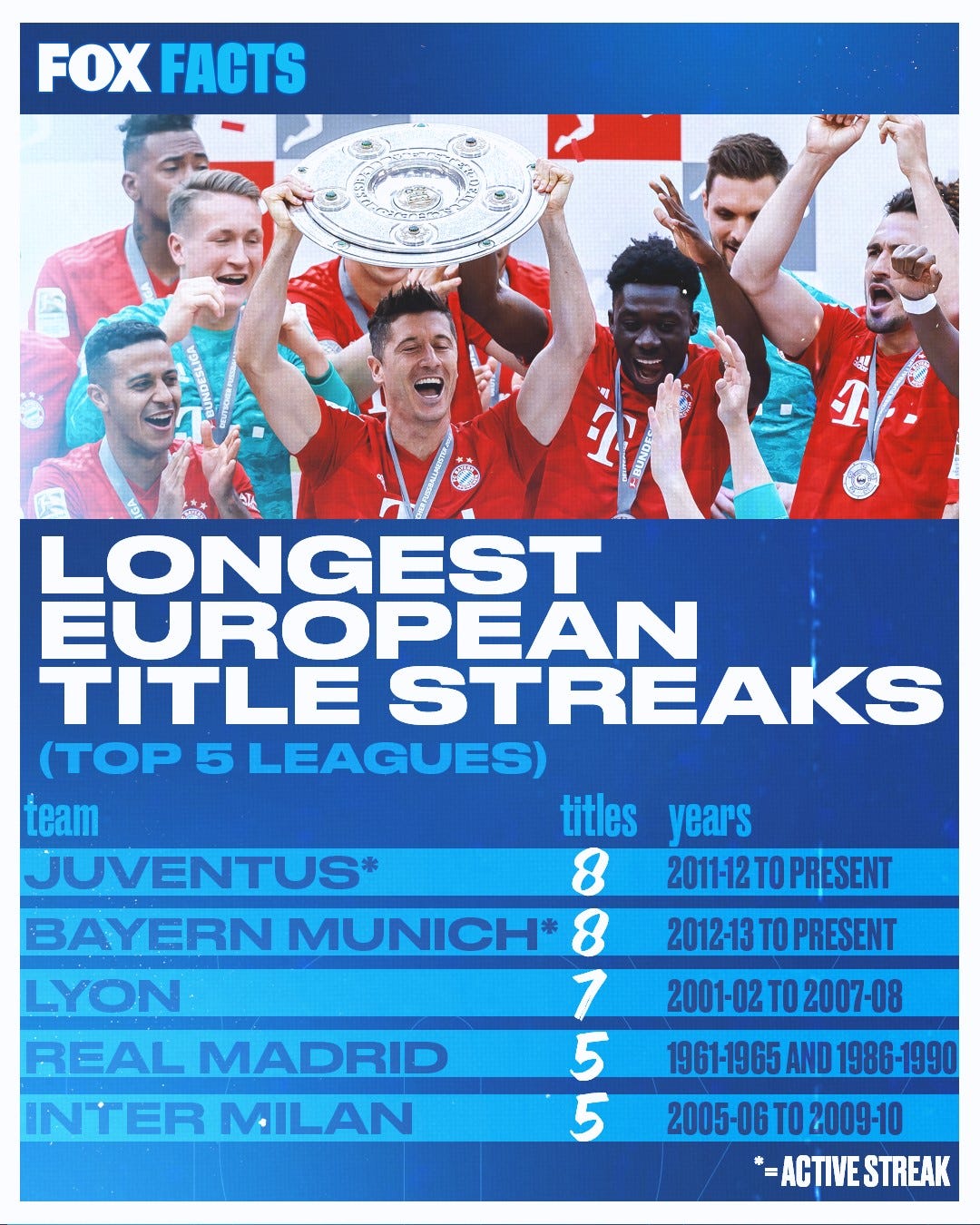
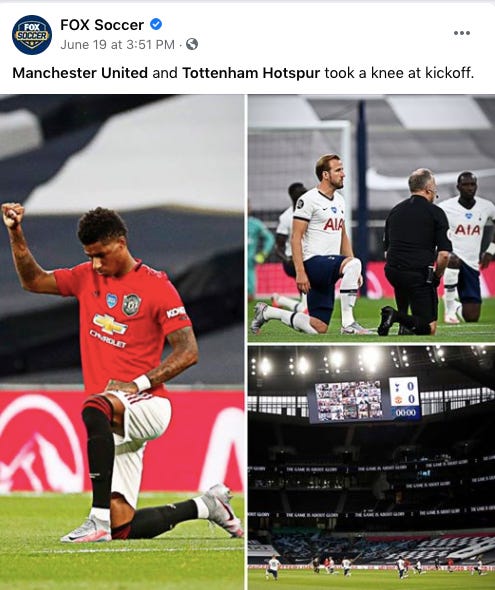
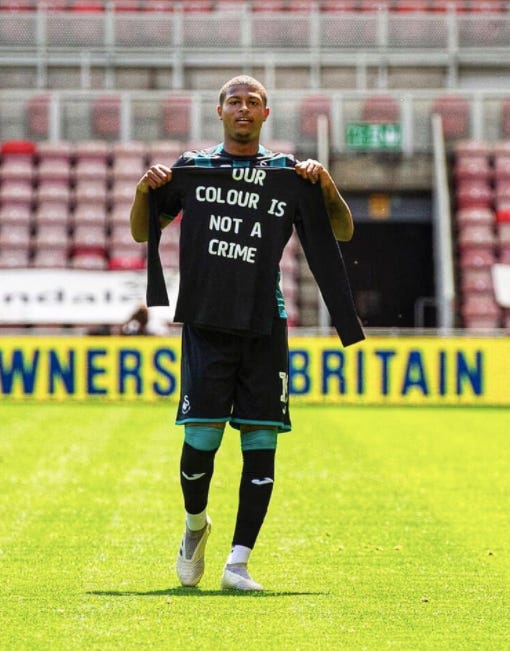
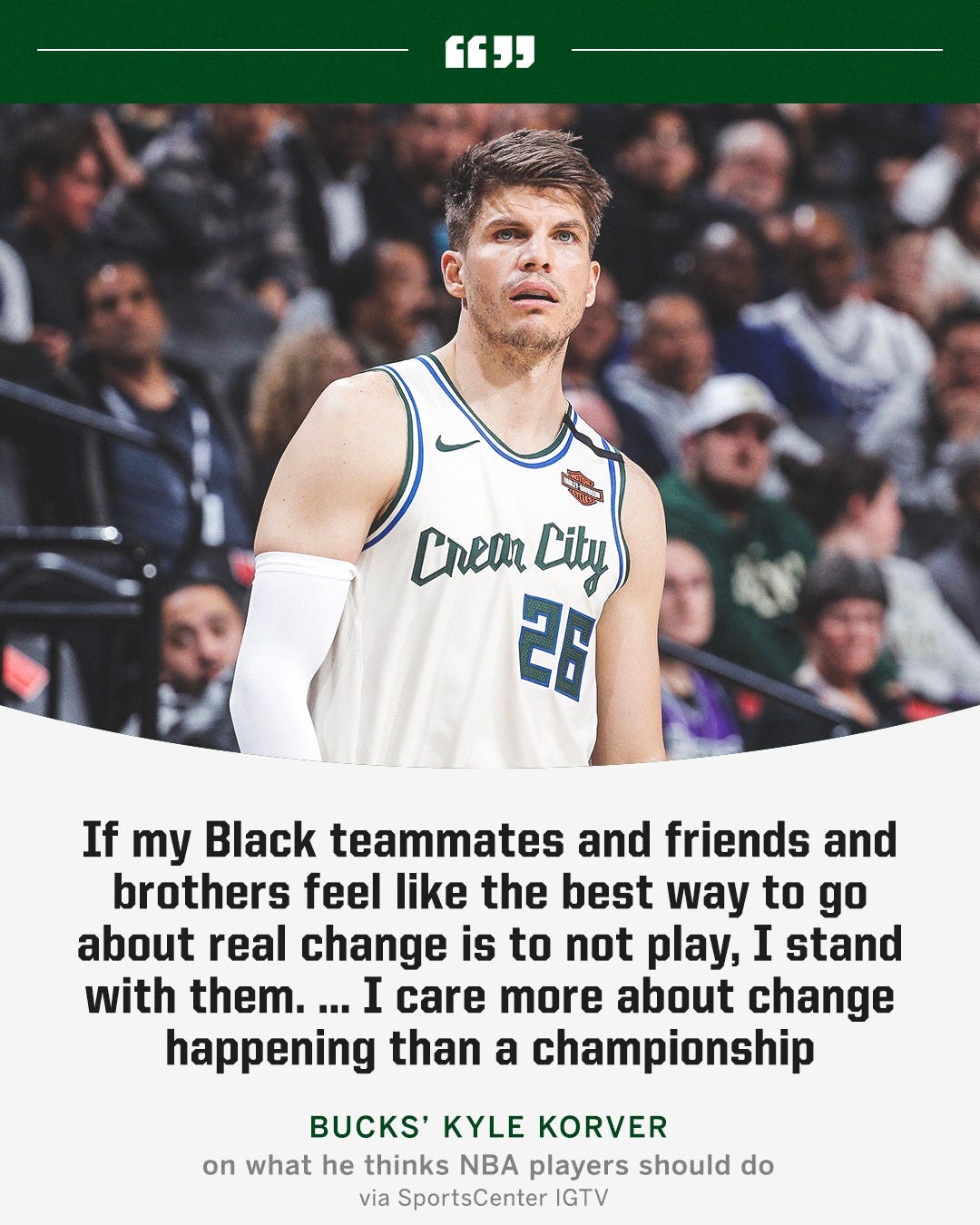
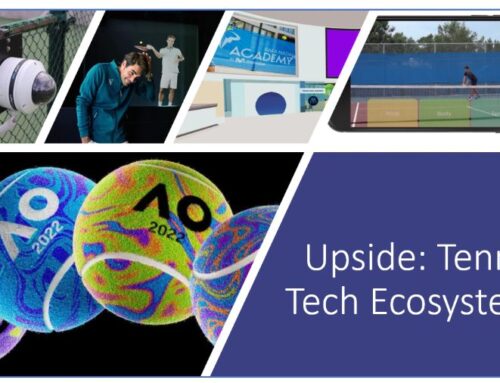

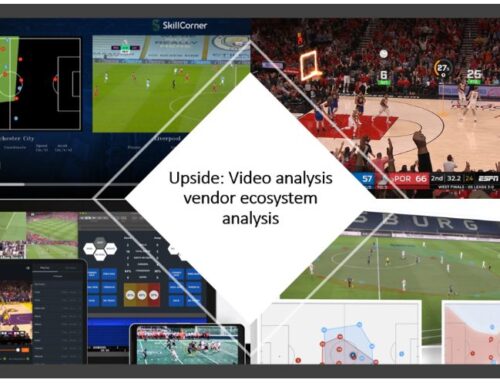
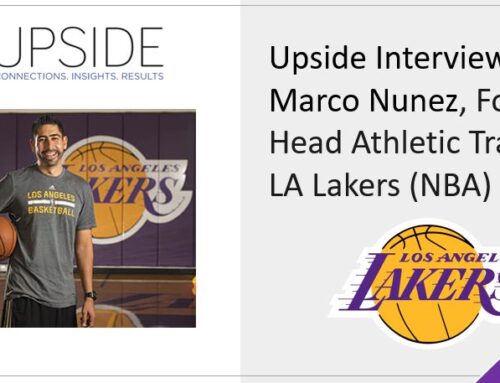
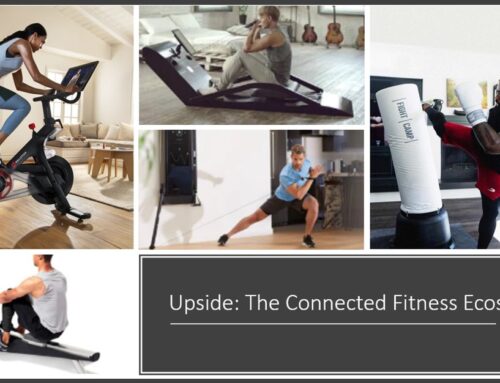

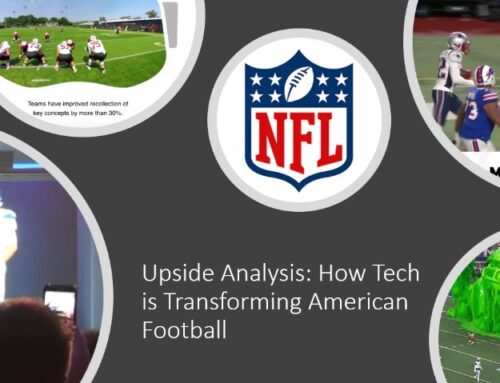
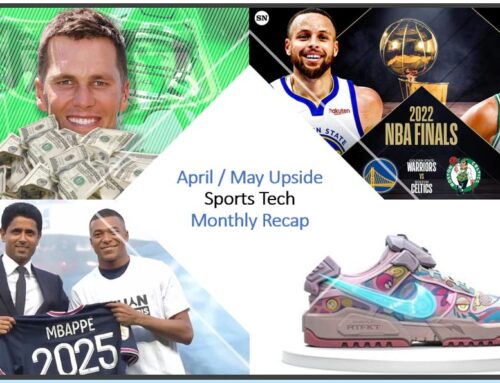


Leave A Comment
You must be logged in to post a comment.